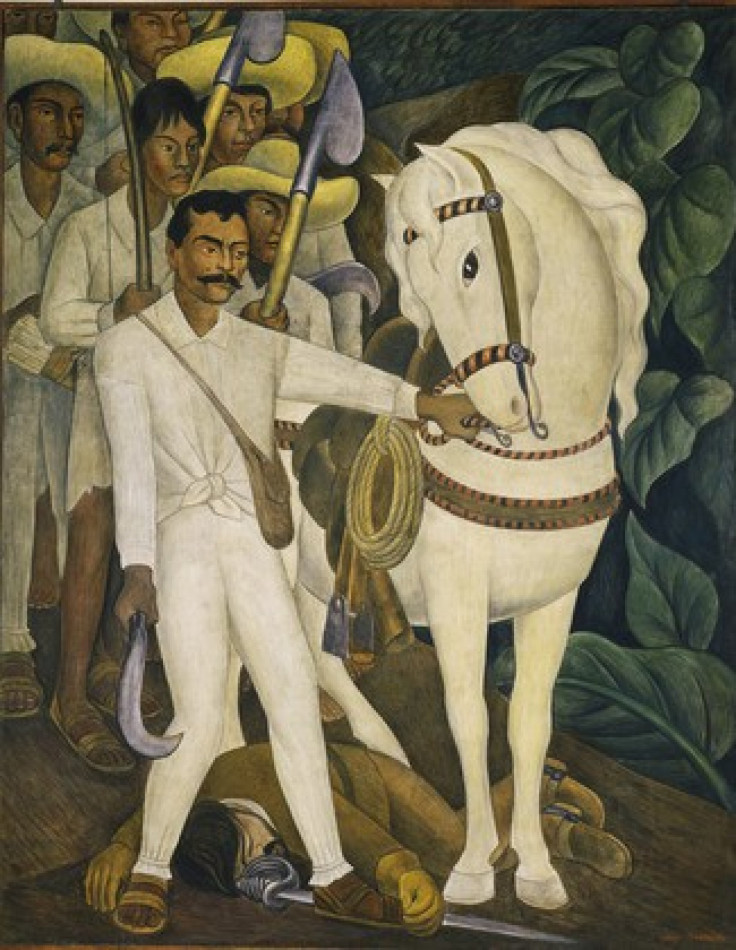Key Artworks of Diego Rivera Presented After 80 Years at MoMA

From paintings reflecting New York's social stratification during the Great Depression Era to themes of revolution and class inequity - some of the major artworks by Mexican muralist, Diego Rivera, will be presented at MoMA (The Museum of Modern Art) from Nov. 13, 2011.
Titled Diego Rivera: Murals for The Museum of Modern Art, the exhibition will display some of the most unique creations by the renowned muralist for the first time in nearly 80 years.
The murals were first exhibited at the museum in 1931 and 1932, setting new attendance records in its five weeks' duration. They were painted at MoMA, who brought Rivera to New York, six weeks before the exhibition's opening and gave him studio space within the Museum.
This was a strategy implemented by the museum officials to solve the problem of how to present the work of this famous muralist when murals were, by definition, made and fixed on site.
With two assistants to help him, Diego presented five portable murals - portable being a bit of a stretch as they were weighed down by pounds of frescoed plaster, concrete and steel.
What is interesting about Rivera today is how prescient his observations about New York 80 years ago were. There is no better metaphor for what is taking place with the various Occupy Wall Street movements around the country and the world than the stratification that is revealed in Rivera's painting, which shows you the homeless juxtaposed with bank vaults and the wealthy, Reuters quoted museum director Glenn Lowry as stating.
The exhibition is said to focus particularly on works created by the muralist during his stay in New York. This will draw a new portrait of the artist as a cosmopolitan figure who traveled to Russia, Mexico and the United States.
© Copyright IBTimes 2024. All rights reserved.











